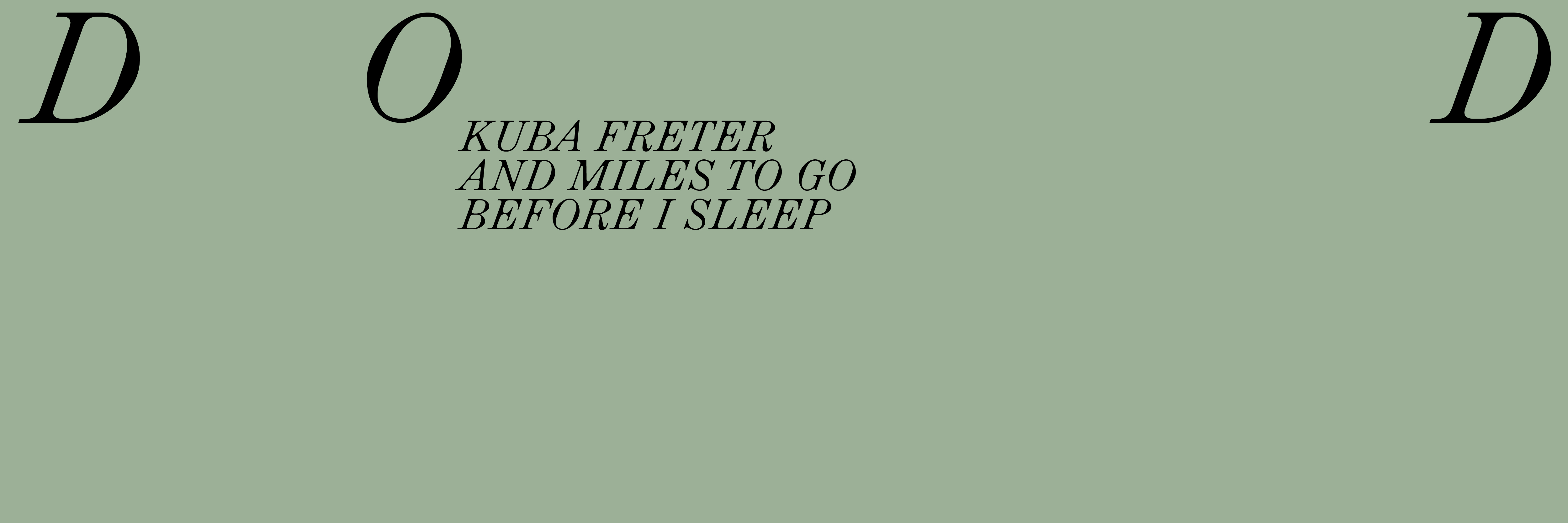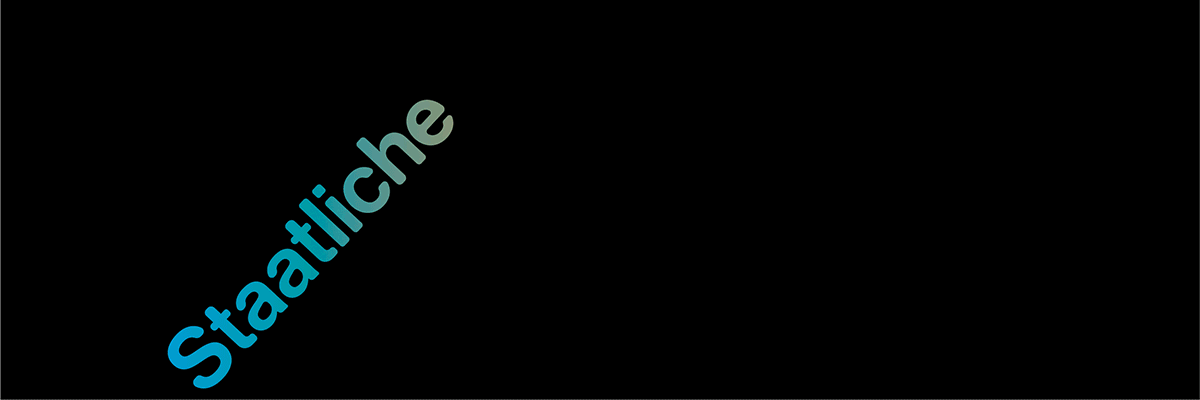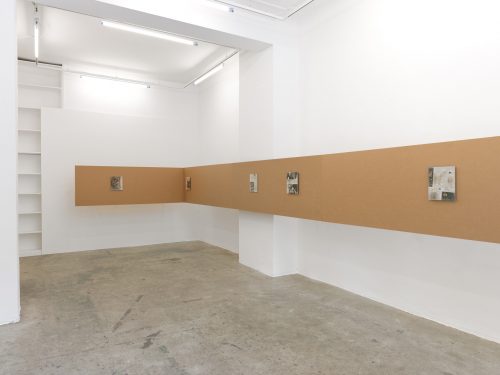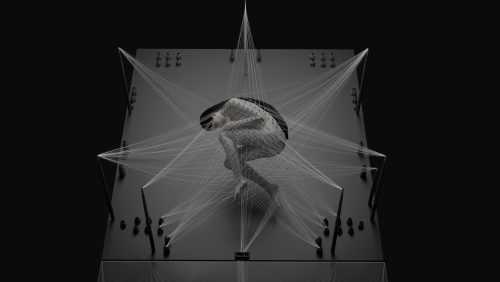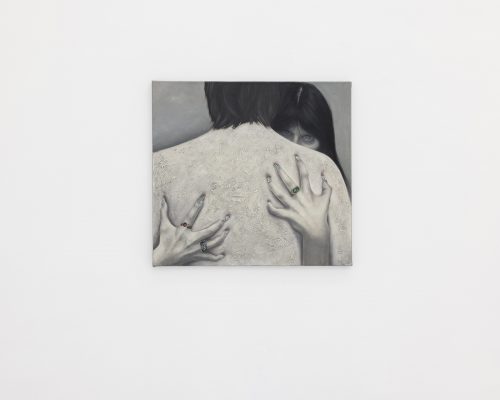
László László Révész
Big Picture
Project Info
- 💙 Erika Deák Gallery
- 💚 Zsófia Kergyó
- 🖤 László László Révész
- 💜 Zsófia Kergyó
- 💛 Mátyás Gyuricza
Share on

Advertisement













László László Révész is difficult to categorise as a visual artist: he was first and foremost a figurative painter, but also a performer, video artist and a leading art teacher. Born in Budapest in 1957, his mother was an optician and his father a mechanical engineer. Performativity was a dominant feature of his childhood: his parents were striving for a career in the theatre, they had actor friends, they regularly went to the Opera; as a first year of high school he had already seen a Peter Brook play. His first experiments in performance were also in high school. In 1979, while attending Ignác Kokas’s painting class at the Academy of Fine Arts, he gave performances together with András Böröcz. The duo defined the Hungarian art scene of the 1980s as the „theatre of painters” and became internationally significant, being invited to participate in the performance section of the eighth documenta in Kassel, among others. In parallel to his studies in painting, he was a member of the INDIGO group led by Miklós Erdély, and from 1983 he was a student of Marcell Jankovics at the College of Applied Arts, majoring in animation. At the University of Fine Arts, he was head of department from 2009, and between 2013 and 2015 he created two performances with high school students in his experimental art troupe.
As much as his thinking was intertwined with the theatre, he was also deeply interested in mediatised reality. He was already up to date with computers in the seventies. In the mid-eighties he made his first computer graphics, in which he explored the significance of the computer for the image - a theme he also took up in parallel in his painting. Also in the early eighties, he began making experimental films. In the early nineties, he experimented with the most modern techniques in his animations, and in the twenties he made interactive installations. Already in the early years of his career, his attention was exceptionally wide-ranging, and this thinking on several levels remained the foundation of his creative career: he opened his painting exhibitions with a performance reflecting on the exhibition, and he repeatedly exhibited his works in different media in a coherent installation. He was a painter, but his painting cannot be approached without considering how much else he created outside the medium of painting - all this is constantly intertwining.
The paintings presented at Deák Erika Gallery, made between 2017-2020, have never been exhibited before, but the title comes from László László Révész - some of the works in the series were published in 2020 in the Heureka magazine Big Picture aus Budapest, edited by his friend Christian Zillner. The first striking connecting element is the blue background, which may also be familiar from Révész’s 2016 exhibition at Fuga Art Center, where the characters, drawn with graphite and charcoal, emerged from a blue pastel haze. In fact, Révész’s interest in colour dates back earlier; the period 2014-2020 can be called the blue era. He consciously plays on the staging of his Picasso oeuvre: in the summer of 2019, on the occasion of the birth of his daughter, he named his five-part pink ensemble rose period. One of the conceptual roots of the use of colour is Italian ceramics and the Portuguese azulejo. Révész was also interested in the craft side of the tradition: the know-how of ceramic casting, the casting of flat tiles, and the cultural implications: which Italian families used tiles for representational purposes, what is the tradition of the azulejo in Portugal. What is the meaning of the design on the tiles, the motif on the houses? He worked with Adrienn Dorsánszki together on a series of blue and white tiles, of which only a few test series were made.
In October 2014, he made Instagram for his artistic medium, with the technical flair that is always ahead of its time. He worked predominantly in blue ink on the series he created for Instagram, which was shared as
DEÁK ERIKA GALÉRIA / 1066 Budapest, Mozsár u 1 / Tel - Fax: +361 201 3740 / [email protected] / www.deakerikagaleria.hu
Ia daily routine for six and a half years until his death in March 2021. Initially, #azulejo was a constant element in the tags of his posts, referring to the cycle as blue drawings. Blue remained the colour of choice
until April 2020, when he switched to watercolour in the wake of the closure imposed by the first wave of the coronavirus epidemic.
Révész considered mediatized reality to be the defining myth of our time, and in his doctoral thesis he related Plato’s cave hypothesis to his idea: „In my Platonic cave, the prisoners are not chained in one direction, but rotate at high speed around their axis. (...) While they rotate, they see two images. One is reality, the other is a mediatized image of reality. Between the images, which alternate rapidly, there is darkness. It is unlikely that we can separate them. It occurred to me that we might be able to perceive both the reality of what we see and the illusory.” His blue drawings are pseudo-images tuned to their medium, social media. The narrator appropriates and reorganises media images: the typical poses and clichés of advertising and press photographs are recomposed and condensed, interwoven with other visual experiences; didacticism is sometimes transformed into ironic visual humour, sometimes layered into an enigmatic story. The exhibited paintings aligned to the blue drawings both in time and in perspective - one could use the big picture in a prosaic sense: the drawings, spun small in the application, expand, the faces seen every day are mixed with the emotions experienced by everyone, everyday gestures with surreal elements, but in blue, as in some space outside time, all of this is still well in tune with each other.
Zsófia Kergyó
